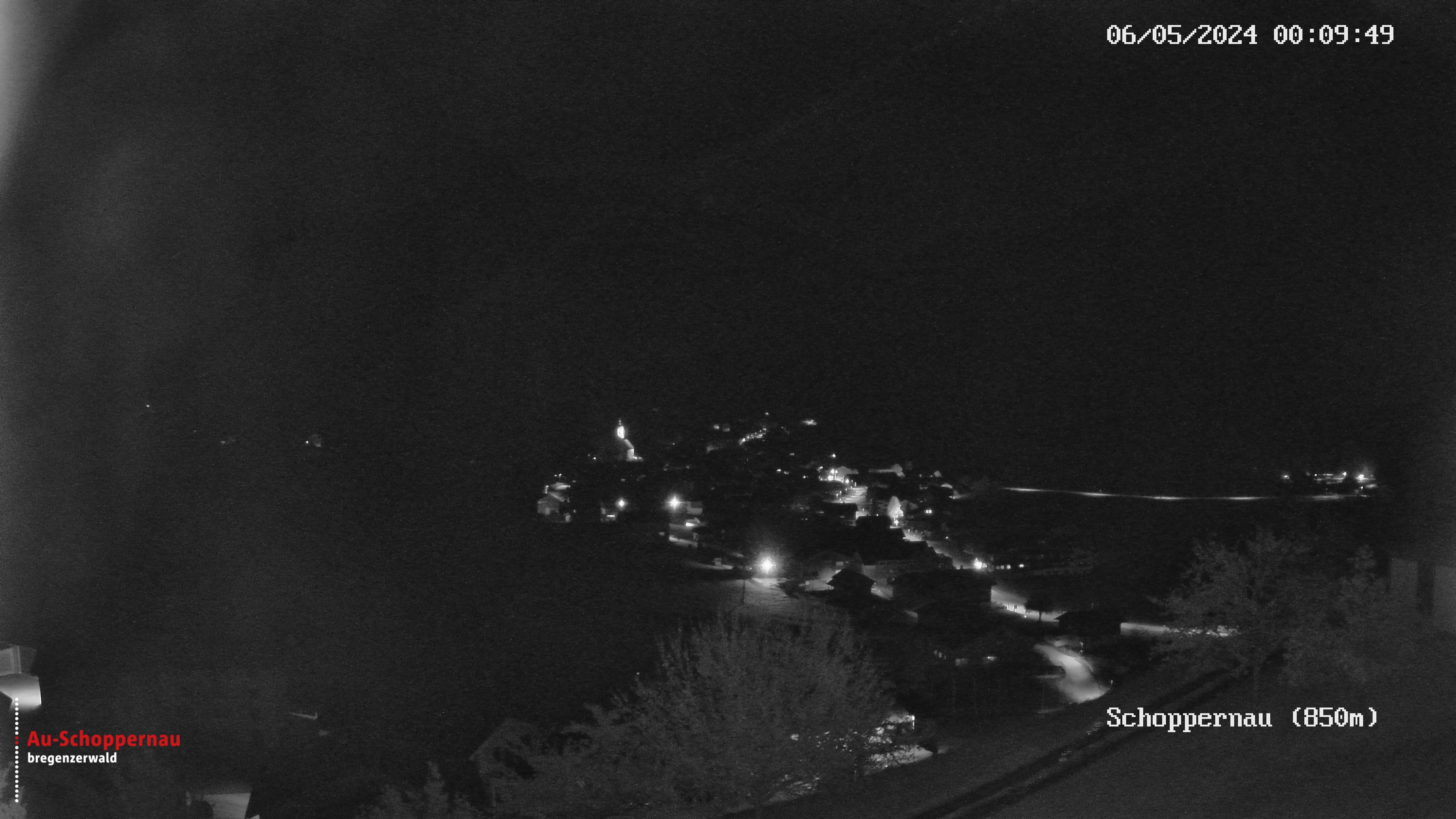Before we set off, my wife wants to know something about Mellau. “You come from the Bregenzerwald,” she asks knowingly, “and at that time, when Mellau was still called the ‘sinful village,’ I hear that you were always hanging around Margret’s, the infamous “Sonne” innkeeper.” It wasn’t that wild, I say, but never matter. Now that the old house has been renovated and with the new addition, the “Sonne” is once again something resembling the centre of village life. “We’re going for a coffee because the ‘Sonne’ is on the Umgang village walks tour.” My wife points to the information pillar in patina finish in front of the building. As we step out onto the street from this paragon of a renovated inn, the Kanisfluh, the mystical mountain of the Bregenzerwald, looms above us. The people of Mellau are proud of this, because they think it is their Kanisfluh even though other villages in the Bregenzerwald can also claim the same. The poet Klara Schwendinger, who comes from Mellau, composed a poem in beautiful Bregenzerwald dialect: “You are our mountain regardless from which side you hail, no need to fight over you, you are a giant, we are dwarves.”

Preserve the old, appreciate it anew
Preserve the old, appreciate it anew
This time, the author and his wife follow the poles that connote the Umgang Mellau village walk and discover impressive achievements by women in the process.
Klara Schwendinger was a strong woman – one like Elisabeth Wicke, a pupil of the Schwendinger, who stood at the head of the community. “Elisabeth Wicke, isn’t she the former high school teacher, who was mayor of Mellau until 2015 and who also wrote in the book ‘Umgang Bregenzerwald,’” said my wife with a proud reference to her knowledge and the female gender. “Look, there’s another pole right across the street. Too bad we just had coffee, because it would have been very nice at the ‘Metzgerstüble.’” She’s right, it’s a small, superb building located right next to the stream. It was designed by architect Bernardo Bader, who has won the renowned Piranesi Prize two times already.
Buildings by several of the great names of Vorarlberg architecture can be found in Mellau: two houses by Helmut Dietrich, one by Hermann Kaufmann, and the special fire brigade building by Dietrich/Untertrifaller. These structures have certainly left their mark on this small village, which used to be more concerned with tourism than the townscape. We continue to follow the map of the Umgang tour, which features ten poles denoting the special objects in town. Passing the swimming pool, we locate the cemetery. Neither of us are all that excited by its brutalistic architecture. “Naze’s Hus,” the only historically protected house in the village, is altogether more exciting. The owner was called Ignaz and his Bregenzerwald nickname was “Naze.” Today, this is a wonderful place to eat featuring traditional dishes that are not so easy to find elsewhere. “Come on, time for a break,” says my wife, who has already disappeared into one of the beautiful old parlours. She orders fresh fish, which was caught in the nearby Bregenzerach river, whereas I opt for incredibly aromatic Bregenzerwald Mountain Cheese. Having satisfied our appetites, we step out of the inn into the open air. “Now we only have one station left on the tour and the last pole should be right here.” My wife looks around, knowing for sure that she will find it faster than I will. She points to a house with shingles that cover the façade as well as the roof. I’m not quite sure whether the style is traditional or modern. But what does it matter? Either way it’s interesting and it ties a nice ribbon on Mellau’s Umgang tour.
Author: Walter Fink
Edition: Winter Travel Magazine 2018-19





